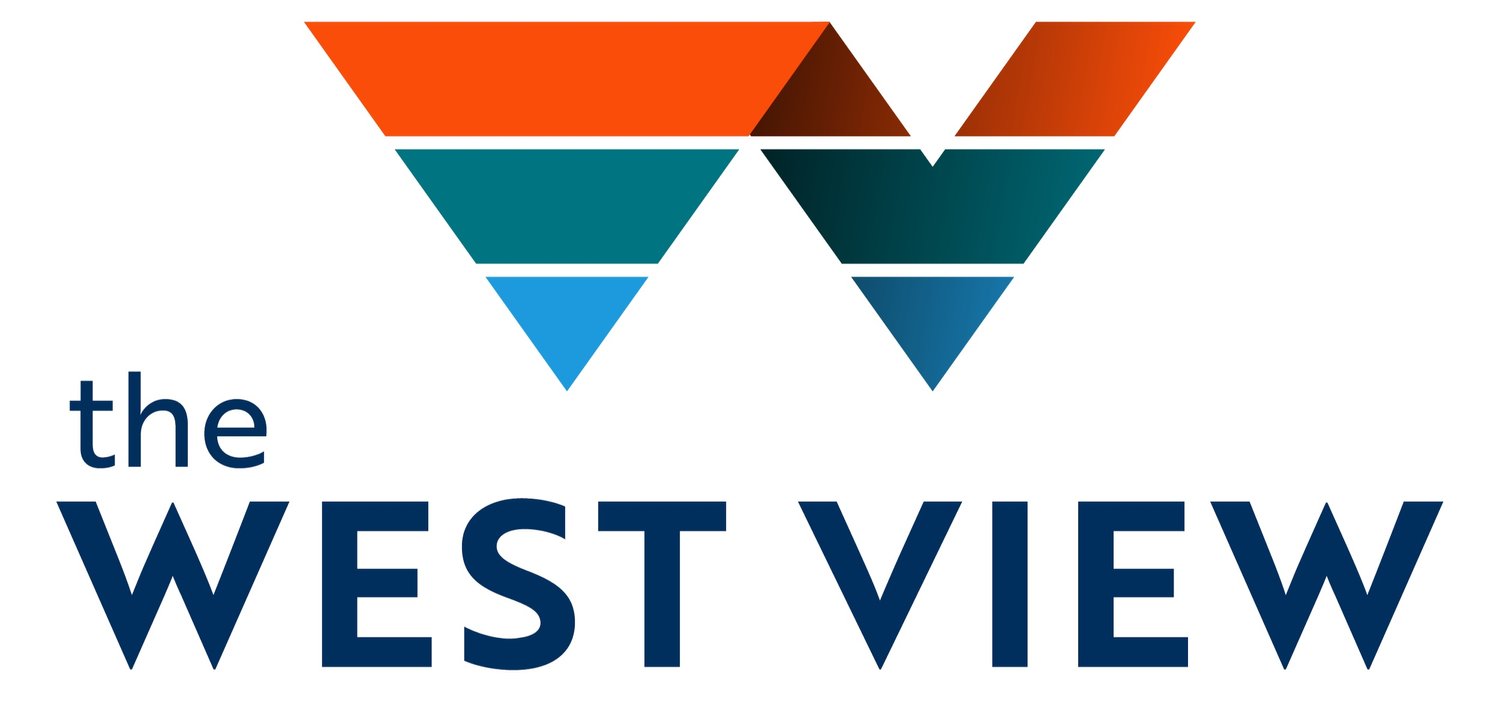Other Side Village begins housing residents; public open house scheduled for January 27
The Other Side Village, a tiny-home community to address chronic homelessness, opened to its first residents in December. A public open house is scheduled for January 27.
Sign up to read this post
Join Now
